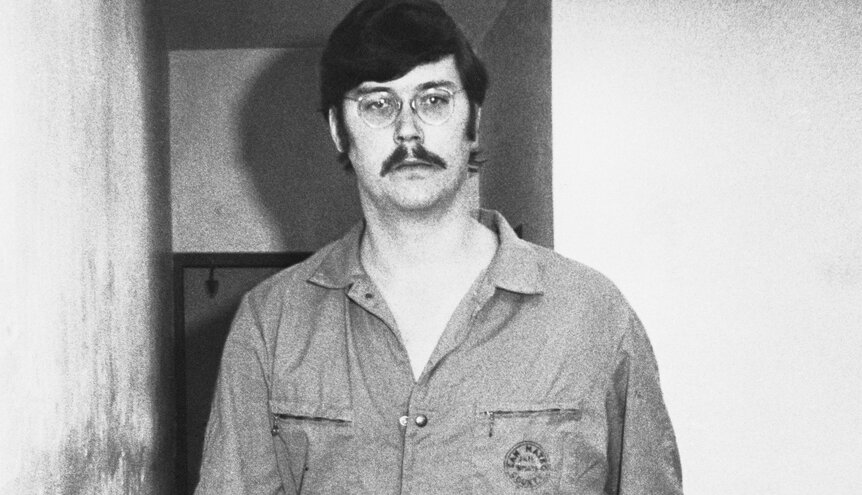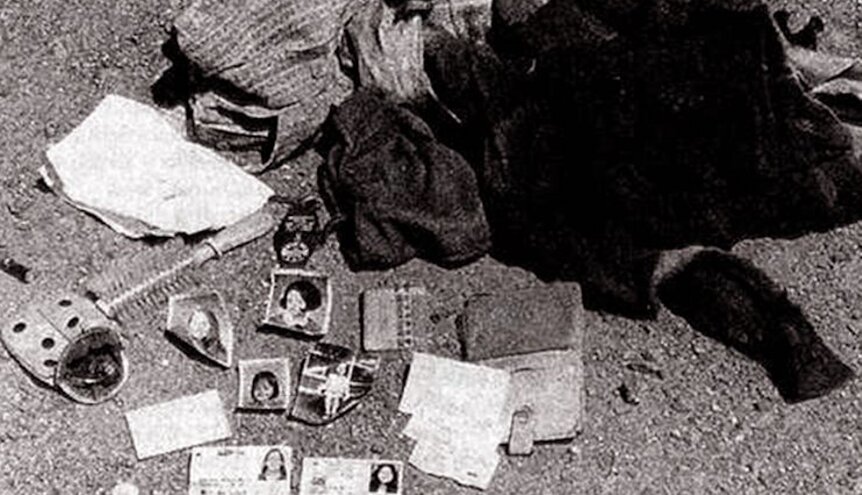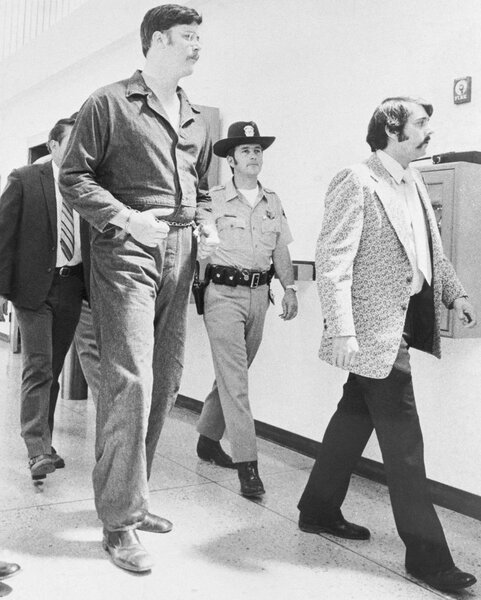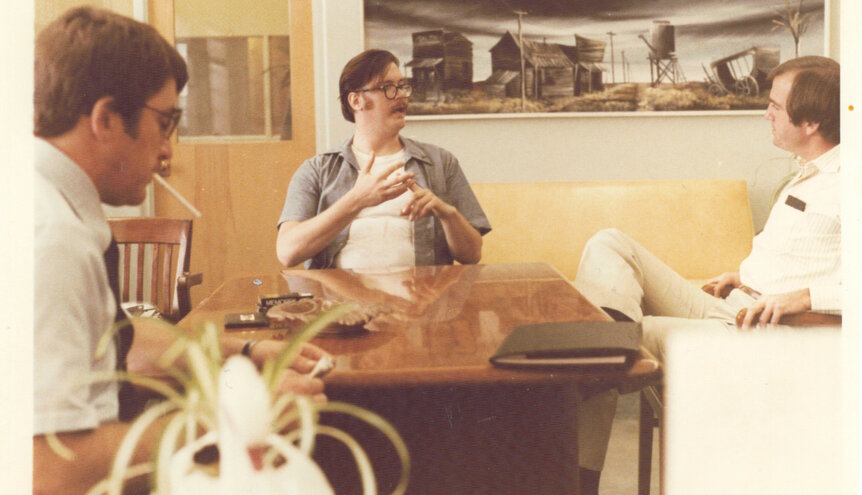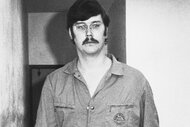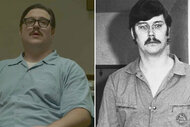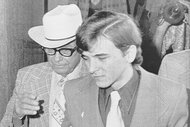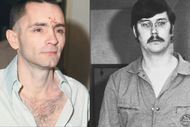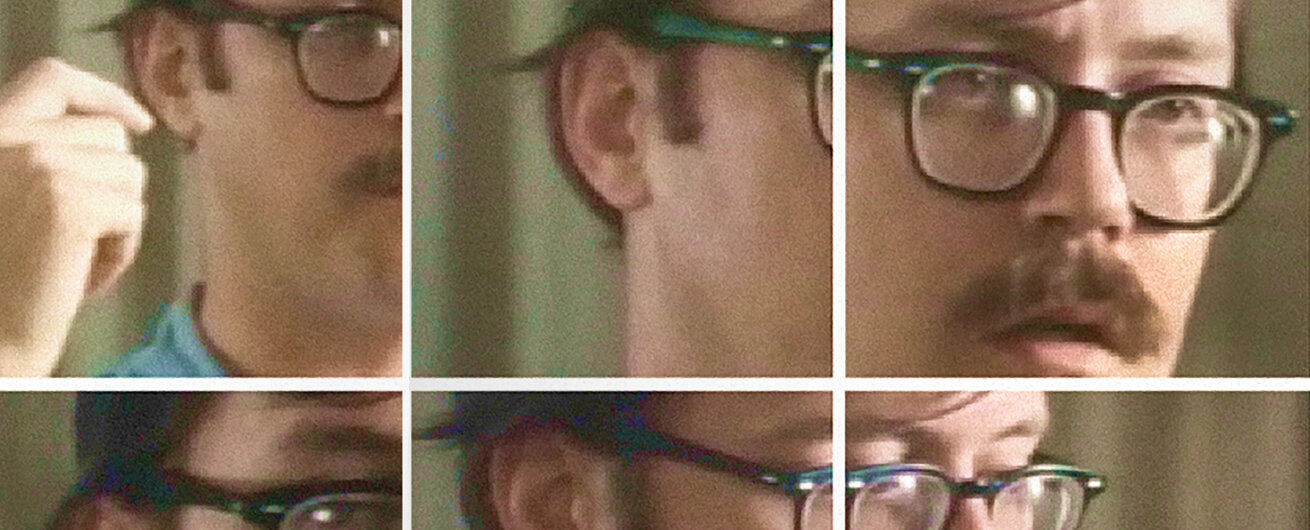Create a free profile to get unlimited access to exclusive videos, breaking news, sweepstakes, and more!
See The Photos From ‘Co-Ed Killer’ Ed Kemper’s Murder Investigation
Dubbed “friendly” and “cooperative” by law enforcement, Kemper divulged every detail of his crimes to law enforcement.

Edmund Emil Kemper III was the serial killer responsible for 10 grisly murders that terrorized Northern California's sleepy city of Santa Cruz from 1964 to 1973. Known for abducting and killing female students before dismembering their bodies and hiding them in remote areas along the coast, Ed Kemper also murdered his grandparents, mother and his mother's best friend.
On April 24, 1973, Kemper turned himself over to the police, and the 6-foot-9-inch, 285-pound "Co-Ed Killer" was charged with eight counts of first-degree murder. Dubbed “friendly” and “cooperative” by law enforcement, Kemper divulged every detail of his crimes to law enforcement and even agreed to show detectives the locations of “the articles of clothing, personal effects and the bodies” of the missing co-eds.
The crime scene photos taken throughout the investigation — along with Kemper's various interviews — provided major insight into how a shy, mild-mannered boy turned into one of the most twisted serial killers in US history. Scroll below to see what authorities uncovered.
[Photo: Getty Images]
Preliminary trial hearing. During Kemper's trial, his defense team pleaded not guilty by reason of insanity. When Kemper took the stand, he told the jury he killed the six female students because he wanted them “for myself like possessions. They were going to be mine.”
A forensic psychologist said Kemper explained that his “need to possess a woman and his acts of necrophilia were clear indications of an unstable state of mind. …" He also described the feeling he had that two beings inhabited his body, and when his killer personality took over, it was "kind of like blacking out.” Three court-appointed psychiatrists, however, testified Kemper was “legally sane.”
[Photo: "Kemper on Kemper: Inside the Mind of a Serial Killer" Screengrab]
Kemper's trophies. After murdering his female victims, Kemper often decapitated them and saved their heads for sexual gratification. When Kemper killed 18-year-old Cindy Schall on January 7, 1973, he brought her body back to his mother’s house, dismembered her remains and had sex with them.
He buried Schall’s severed head faceup in the garden that his mother’s bedroom overlooked because, he would later say, "she had always wanted people to look up to her."
[Photo: Getty Images]
Kemper laughing with unidentified detective. When he was arrested, many people in Santa Cruz were shocked that Kemper’s mother or neighbors didn’t pick up on Kemper’s behavior.
Explained Kemper in a 1984 interview: “It was getting easier to do. I was getting better at it. I was getting less detectable. I started flaunting that invisibility — severing a human head at night in front of my mother’s residence with her at home, my neighbors at home upstairs, their picture window open, the curtains open. 11 o’clock at night, the lights are on, all they have to do is walk by, look out and I’ve had it. … To be walking up the stairs with a camera bag that belonged to a young woman that had her severed head in it. … Walking up to my apartment past a happy, young couple coming down the stairs who nodded and smiled at me as they went by. … And they’re going out on a date, where I’d love to be going, and I’m aware of both of these realities, and the distance between those two was so dramatic, so amazing, so violent[.]”
[Photo: Getty Images]
Arraignment. Kemper reportedly had to call the Santa Cruz Police Department three times and request to speak to an officer he knew personally before they took his confession seriously.
Kemper said in a later interview that he turned himself in because “once my mother was dead, there was almost a cathartic process at that point.”
Forensic psychology professor Louis Schlesinger told “Kemper on Kemper: Inside the Mind of a Serial Killer:” “He turned himself in right after he killed his mother because he then solved this problem. He didn’t have to kill symbolically anymore[.]”
[Photo: Courtesy of John Douglas]Kemper speaking with the FBI. Since his imprisonment, Kemper has taken part in multiple interviews with psychiatrists, journalists and members of law enforcement to speak about his crimes. The most notable of which are his conversations with FBI Special Agents John Douglas and Bob Ressler for their study on serial killers. Along with Boston College professor Ann Burgess, they used Kemper’s admissions about his life and murders to help profile future serial killers.
[Photo: Courtesy of John Douglas]
Kemper posing with Ressler and Douglas. Douglas, Ressler and Burgess were also able to further develop the homicidal triangle, which says that bedwetting into the teens, fire setting and animal cruelty are future predictors of violent tendencies. As a child, Kemper buried the family cat alive, then dug it up, decapitated it and put its head on a stake. When he was 13, he killed his own pet cat with a machete and hid its remains in his closet, which his mother later found.
Douglas told “Kemper on Kemper: Inside the Mind of a Serial Killer” that the FBI now tracks animal cruelty because of its connection to future violence.
[Photo: Courtesy of John Douglas]
Kemper with Douglas. Douglas and his team also discovered that a hatred of the mother was a common characteristic between serial killers.
He told “Kemper on Kemper,” “It seemed to always be the mother thing with these guys[.] They love the mother, they want the mother’s love, but at the same time, they hate the mother.”
In Douglas' interviews with other serial killers, he said that when they reached the topic of their mothers, the most hardened criminals would start “breaking down.”
Kemper also said in a interview, “There’s a lot that leads into that happening, but that’s what happened. They represented not what my mother was, but what she liked, what she coveted, what was important to her, and I was destroying it.”
Kemper’s conversations with Douglas and Ressler were featured prominently in the book "Mindhunter: Inside the FBI's Elite Serial Crime Unit."
To learn more about the "Co-Ed Killer," watch “Kemper on Kemper: Inside the Mind of a Serial Killer" on Oxygen.
[Photo: Courtesy of John Douglas]
